Hispanic Heritage Month: A Quinceañera Para Todos
Growing up with three brothers and not Catholic, quinceañeras weren’t really a thing we did. But when Yvette Guerrero turned 15 and Betty Espinosa...
AP & Honors Mathematics
Explore Wiley titles to support both AP and Honors mathematics instruction.
Literacy Skills & Intensive Reading
Connections: Reading – Grades 6–12
Empower student success with a proven intensive reading program that develops strong reading skills in striving readers.
Drama, Speech & Debate
Basic Drama Projects 10th Edition
Build students’ confidence and competence with comprehensive, project-based theatre instruction.
Literature
Connections: Literature
Support learners as they study dynamic, relevant texts and bring the richness of diverse voices to students through literature.
Literature & Thought
Develop critical thinking, reading, and writing across literacy themes, genres, historical eras, and current events.
Language Arts
Vocabu-Lit® – Grades 6–12
Help students build word power using high-quality contemporary and classic literature, nonfiction, essays, and more.
Connections: Writing & Language
Help students develop grammar, usage, mechanics, vocabulary, spelling, and writing and editing skills.
Reading/English Language Arts
Measuring Up to the English Language Arts Standards
Incorporate standards-driven teaching strategies to complement your ELA curriculum.
English Language Learners
Measuring Up for English Language Learners
Incorporate research-based best practices for ELLs with an approach that includes a focus on language acquisition strategies.
Mathematics
Measuring Up to the Mathematics Standards
Incorporate standards-driven teaching strategies to complement your mathematics curriculum.
Foundations
Measuring Up Foundations
Help students master foundational math skills that are critical for students to find academic success.
Science
Measuring Up to the Next Generation Science Standards
Give students comprehensive NGSS coverage while targeting instruction and providing rigorous standards practice.
Assessment
Measuring Up Live
Deliver innovative assessment and practice technology designed to offer data-driven instructional support.
For a better website experience, please confirm you are in:
3 min read
-1.png) Michael M. Guevara
Oct 14, 2021 10:51:54 AM
Michael M. Guevara
Oct 14, 2021 10:51:54 AM
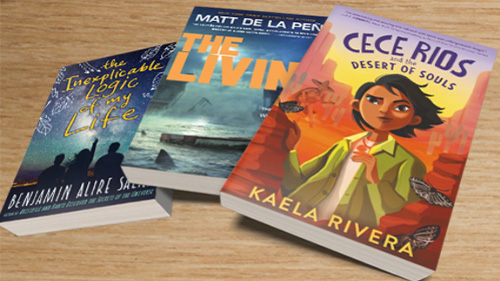
In my first period class of sophomores at a high school on the Southwest side of San Antonio, I had one White student, one Muslim student, and the rest were Hispanic, Latinx, Mexican.
In my second period class of sophomores, I had four White students, two Black students, and the rest were Hispanic, Latinx, Mexican.
I had third period off.
In my fourth period class, I had one White student and the rest were Hispanic, Latinx, Mexican.
In my fifth period class, I had two White students, two Black students, and the rest were Hispanic, Latinx, Mexican.
My average class had 28 students.
When the novel American Dirt by Jeanine Cummings came out in the summer of 2018 and controversy followed, we spent multiple days in class reading excerpts from the novel, listening to interviews about the novel, and reading articles from multiple perspectives on the controversy.
The controversy mattered to my students.
The book sparked a bidding war among publishers with the winning publisher offering a six-figure deal to Cummings. American Dirt was lauded as a Grapes of Wrath for our times. Oprah picked it for her book club, and everyone from Stephen King, to Salma Hayek, to Sandra Cisneros were blurbing the novel.
The story about a mother and her young child escaping the violence and drug cartels of Mexico for the dirt of America, free and safe soil, was intended to draw attention to the crisis on the southern border.
But the controversy.
Cummings identified as White, but the publishers exaggerated a Puerto Rican family connection and fluent Spanish from Cummings to burnish the novel’s authenticity. The publishers hailed Cummings as the writer to bring awareness to the struggle of Mexican migrants and the crisis at the border because she is the wife of a formerly undocumented husband.
Neither Cummings nor her publisher disclosed that Cummings’ husband was an Irish immigrant.
But there is an even bigger problem: The underrepresentation of Latinx writers in the publishing world. In the episode of the news program Latino USA where host Maria Hinojosa interviewed Cummings, Cisneros, and others on the controversy, my students learned that Latinx writers make up only three percent of the publishing world. This literally shocked them. Mouths dropped in class.
In White Fragility: Why It’s So Hard for White People to Talk About Racism, Robin DiAngelo notes that 90 percent of what gets published is determined by someone White. Lila Shapiro in an article for Vulture notes that a “New York Times analysis found that 95 percent of novels published between 1950 and 2018 were written by white authors.”
But my students reflect the changing face and color of America.
According to The Pew Research Center, the U.S. Hispanic population surpassed 60 million in 2019 and Latinos are among the youngest racial or ethnic groups in the U.S. These are my students, your students, our students, and they aren’t seeing themselves represented in the books, poems, essays, and texts used in the classrooms they occupy.
This has to change.
Some students had no issues with Cummings telling a story that wasn’t authentically hers. Others, like this student, had a different take: "A whole culture threw up in a novel, and Jeanine Cummins was the Fabuloso on a Saturday morning trying to clean up her mess. Cultural appropriation matters."
In all my years as a student in Texas classrooms, a state known for its large Latinx population, I never saw an author from my culture, heritage, or background used in class. I wanted something different for my students. I want something different for your students. I want something different for our students.
I want them to know the poetry of José Olivarez , Blas Falconer, Richard Blanco, Yesika Salgado, and Denice Frohman.
I want them reading the beautifully wondrous words of Benjamin Alire Sáenz in The Inexplicable Logic of my Life and Aristotle and Dante Discover the Secrets of the Universe. I want them devouring the words of Matt de la Peña in The Living, which one of my students recommended to another of my students as “a bad-ass book.” I want them seeing themselves in books like I Am Not Your Perfect Mexican Daughter, Barely Missing Everything, Make Your Home Among Strangers, Once Upon a Quinceañera, and CeCe Rios and the Desert of Souls.
I want them to discover authors like Alex Temblador, author of Secrets of the Casa Rosada and Meg Medina, author of Yaqui Delgado Wants to Kick Your Ass, and Brief Chronicle of Another Stupid Heartbreak by Adi Alsaid.
And because I eventually learned that someone with a name like mine can be a writer and sign with a literary agent, I especially want them to read my young adult novel The Closest Thing to a Normal Life when it comes out.
Representation matters. You might even call it fabuloso.
And if you’re interested, these are some of the writers of the American Dirt articles we read in class:
Interested in buying any of the books mentioned in this post? Visit our classroom libraries page.
Michael Méndez Guevara is a former high school journalism and English teacher who spent his time in the classroom helping students see themselves as writers and fall in love with reading through the world of young adult literature. As an educational sales consultant with Perfection Learning®, Michael works with teachers and schools on improving their literacy instruction and providing resources to help students achieve academic success. He has taught elementary school, middle school, and high school and has worked as a district level leader and served on the Texas state standards revision committee that developed the state’s current literacy standards. He is the father of three adult sons, the youngest a student at the University of Kansas—Rock Chalk! Michael is working on a professional development book for literacy educators and currently has agents reading the manuscript of his young adult novel, The Closest Thing to a Normal Life. When he's not reading, writing, or running, Michael is fully committed to watching as much Law & Order as possible.

Growing up with three brothers and not Catholic, quinceañeras weren’t really a thing we did. But when Yvette Guerrero turned 15 and Betty Espinosa...
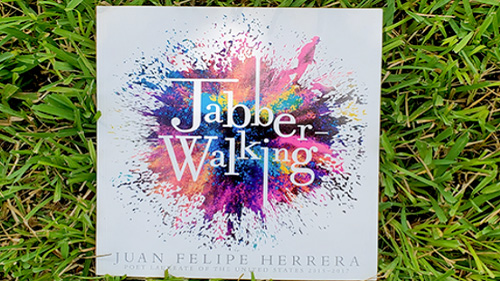
When my mother was going to school in the panhandle of Texas, she and her friends were punished if they spoke Spanish in school. When my brothers and...
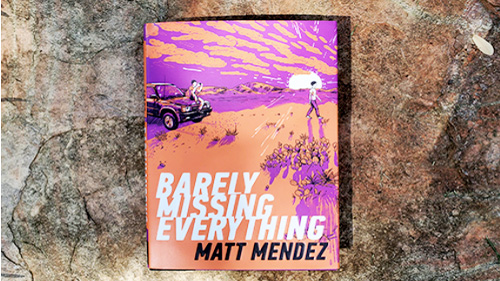
Driving into El Paso, Texas, at night on I-10W remains a glorious sight to behold.

Back when I was a whippersnapper wearing dungarees and walking to school and back in the snow uphill both ways, nothing beat the school book fair....

Mental health is just as important as our physical health, and many educators understand this. According to the National Institute of Mental Health,...
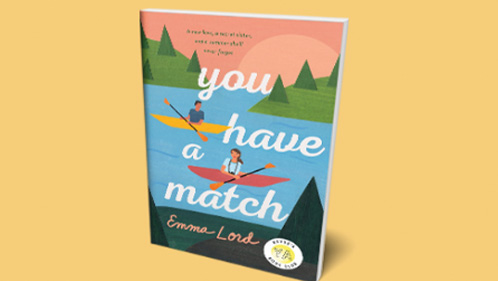
Every time I open up Instagram, Facebook, or Twitter, I’m given the option to post to stories or urged to open the stories of others. Pictures that...
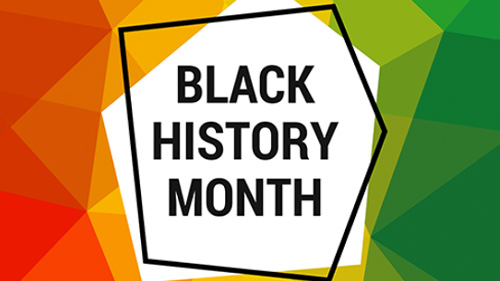
On December 20, four days after his semester finished, my youngest son flew home for Christmas break. On December 29, he flew back—19 days before his...
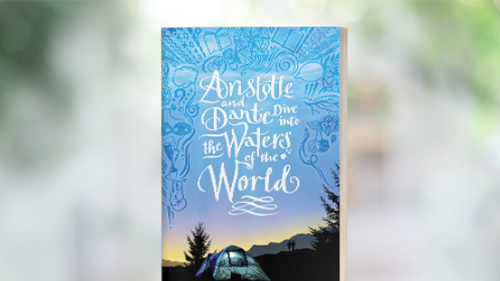
For most of the past year and half, I have spent most of my waking hours querying or obsessing over querying literary agents for my young adult novel

The main character in The Girl with the Louding Voice by Abi Daré, Adunni, is on a personal journey to give herself the best life she can despite...

Scads of English teachers have shown the movie Dead Poets Society in class to either begin their poetry unit or to try and inspire an appreciation...

The words are never right. The time is never perfect. And life keeps piling stress after stress onto the people we love. What do we say to someone...
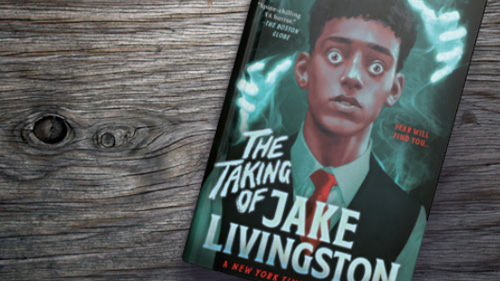
My mother tells this story of being so exhausted that she couldn’t get up to rock my older brother, her first child, back to sleep in the middle of...
